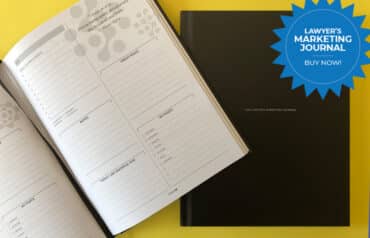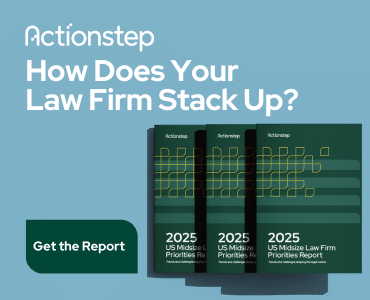As part of the duty to provide competent representation, lawyers are required to stay abreast of current legal technology. It should go without saying that lawyers must be able to use legacy technologies as well. For some younger members of the bar, the preferred medium is texting, so much so that they are unable to use platforms that predate the mobile phone.
I recently confronted this phenomenon while trying to organize a continuing legal education program. The two other panelists were, shall we say, younger than I. I set up a conference call to discuss content and divide responsibilities; I emailed the call-in protocol to the other panelists. At the appointed hour, I was the only one on the call.
Text — Not Email?
I contacted the sponsor and explained what happened. Panelist #2 had previously engaged with me via email, but I had had no response from Panelist #3.
The sponsor got back to me saying Panelist #2 would be in touch and that I should text Panelist #3.
Text?
Feeling somewhat put upon, I used the number the sponsor provided to text Panelist #3, who I noticed from her LinkedIn page had recently joined a highly respected law firm. I also left a voicemail in the voice mailbox for her extension at the firm. Both times, I directed Panelist #3 to consult her email queue for instructions for logging in to the second attempt at a planning meeting.
I wondered: Have email and voicemail gone by the wayside? Has texting become the primary method of business communication? For a certain age group, the answer appears to be yes.
Our Zoom Culture
At the scheduled time, I called into the conference call system for attempt number two. Again, I was alone.
Since I had had email communication with Panelist #2, I called his (mobile) voice line. He answered and explained he was having technical difficulties. He couldn’t figure out how to connect. He kept getting a ringing noise.
I patiently explained that the link was a phone number, not a URL. A conference call is a voice-only platform — you know, like Clubhouse. I explained that he could tap the link to call the number or tap the telephone icon on his phone and tap in the number provided in the email. Either way, he then had to tap in the password provided in the email.
Revelation! He thought this was a video link. Indeed, he had never participated in a conference call and did not know what a conference call was. Is that where you merge calls? Yeah, well, sort of, but a large number of people can participate, and once the call is set up and announced, no one has to act to bring in others.
Zoom has been a blessing during the pandemic as we hunkered down in our (sometimes) makeshift home offices. But now, it seems people expect video communication to be the default method for meeting regardless of any instruction otherwise.
At this point, I could have conducted the meeting during the call with just Panelist #2, but I was still hoping Panelist #3 would log in. So Panelist #2 and I hung up and logged into the conference call to plan the program as if we were the only speakers.
Good thing. Panelist #3 never showed up.
Two weeks later, Panelist #3 called me. I told her that the sponsor and I had determined her participation would not be necessary.
How to Communicate
The general rule for communicating with clients is to use the communication method of their choice. Email appears to continue its reign at the top of the business communication choice pyramid, but it is under attack.
Email has the same benefit of permanence as communication on paper (remember doing that?) but at the speed of the internet, more or less. An entire industry has arisen to provide email filing systems to professionals who may receive hundreds of messages in a day.
On the other hand, systems for text preservation and filing are in their infancy. Android users can use SMS Organizer or integrate text preservation with a Gmail account. iPhone users can access a more complicated internal sorting protocol or get a program like Decipher TextMessage to transfer texts to a computer. (Disclosure: We haven’t tested and are not endorsing these products.)
Communication systems come and go. Nobody is sending invoices through pneumatic tubes, messenger services are mostly gone, and faxes are rare. Some Gen Zers do not know how to use a rotary dial telephone. For now, though, law firm leaders would be well advised to make sure all professionals and staff know how to communicate via every system available to them. That includes calling into a conference call.
Illustration ©iStockPhoto.com
Subscribe to Attorney at Work
Get really good ideas every day for your law practice: Subscribe to the Daily Dispatch (it’s free).
A New Marketing Journal Designed for Lawyers
Every element of this beautiful guided journal has been designed to both motivate you and keep your marketing efforts on track. From Theda C. Snyder and Attorney at Work, the Lawyer’s Marketing Journal is the perfect place to capture all your great ideas, write down your daily tasks, notes and accomplishments — and monitor your progress. Take control of your marketing and order your journal today.

















